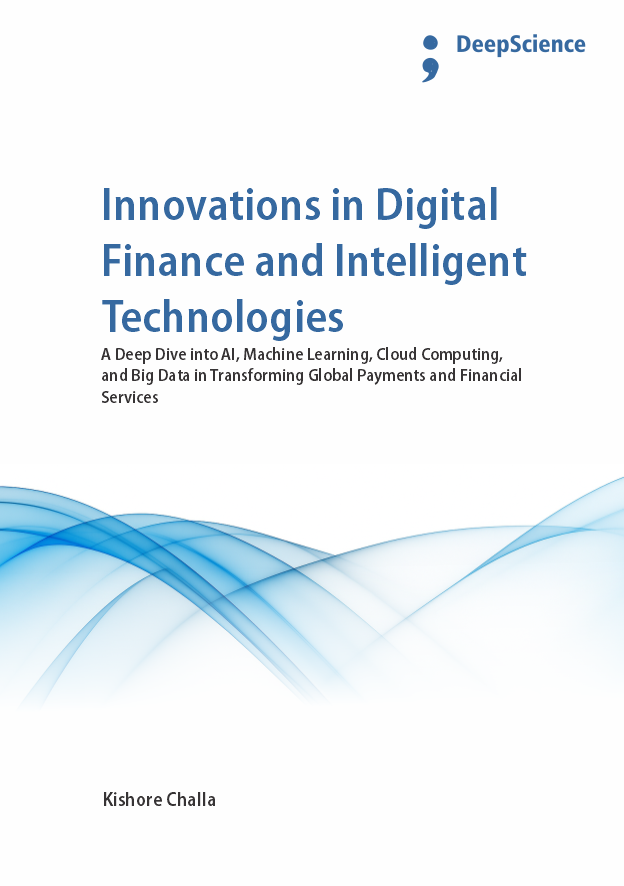Implementing artificial intelligence for real-time fraud detection and risk mitigation
Synopsis
Organizations implementing and considering artificial intelligence (AI) for real-time fraud detection see both practical benefits and challenges. On the upside, AI can significantly speed up the process; modern behavior-based AI algorithms do not rely on past fraud patterns to help detect high risk transactions, as does rule-based and machine learning technology; and are more effective at reducing the volume of false-positive transactions. However, AI implementation and use is complex. Organizations must manage the large data sets and ever-changing features required to train the AI algorithms, constantly tune model parameters, and set thresholds; and understand that AI applications have some inherent limitations; real-time AI for fraud detection is a hot area of research and many approaches used today are yet to be deployed in real-time scenarios at scale in the wild. Over the past decade, AI has profoundly transformed how several high-stake activities are performed across a wide range of sectors, with many of the responsible organizations actually relying on AI for decision automation (Liu & Li, 2022; Wang, 2023; Hossain et al., 2025). The fields of banking and finance are some of those most heavily dependent on algorithmic decision-making; in these areas, harmful, financial gain-seeking acts such as money laundering, payment fraud, credit card and loan fraud, securities fraud, and anti-money laundering can lead to severe consequences for both business organizations and society as a whole. As such, fraud detection and risk mitigation are critical tasks for the financial industry. The importance of these tasks is matched only by the challenges that insiders face when tending to them. In the age of Big Data, financial organizations are overwhelmed by an endless flow of data from disparate sources that underlie every aspect of their business processes. Detecting fraudulent events in such huge amounts of data, in real time, is a challenging task, particularly because fraudsters constantly adapt their actions to sidestep detection.












